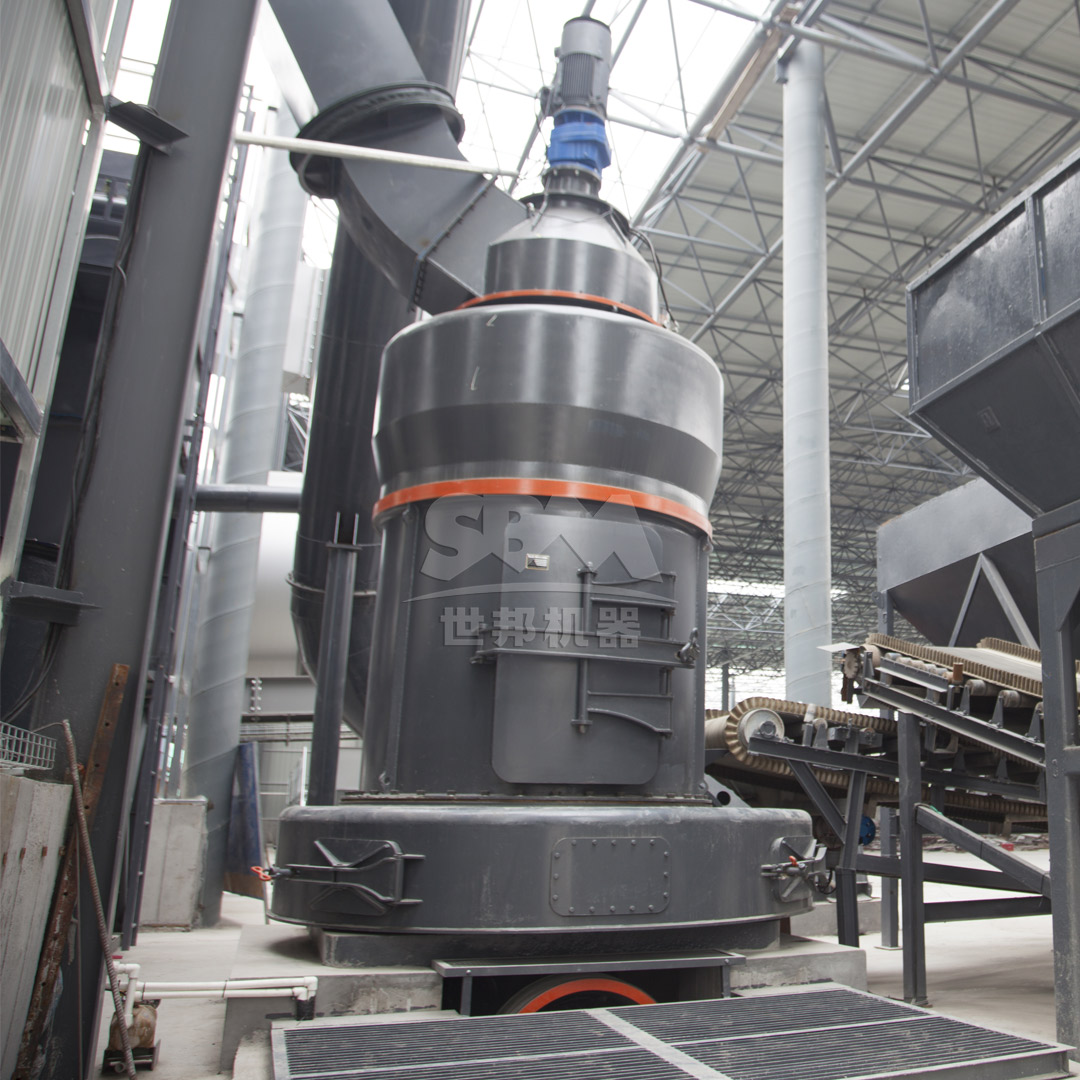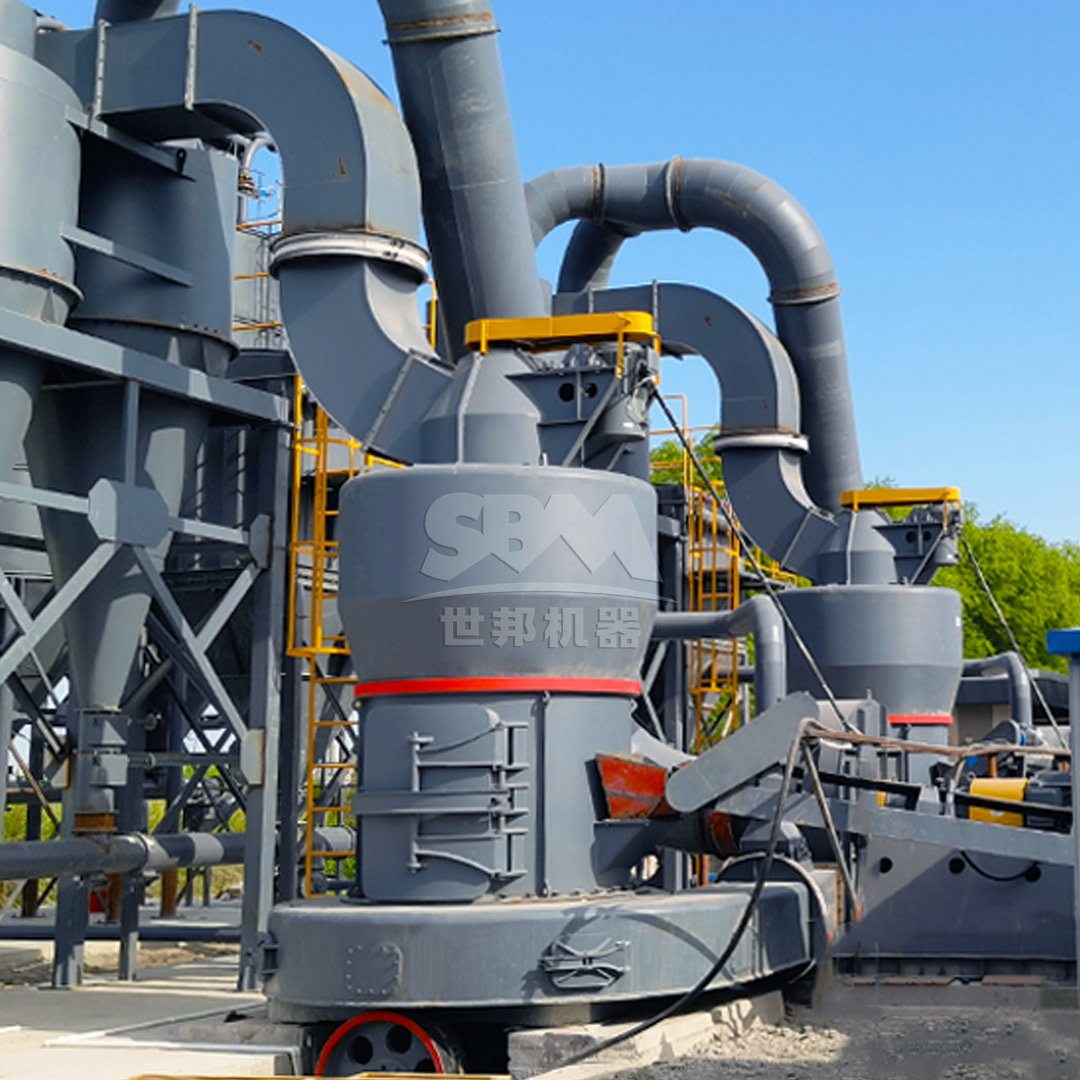Selecting the right grinding equipment is crucial for optimizing productivity, product quality, and operational costs in mineral processing and industrial powder production. Among the various technologies available, Pendulum Mills and Roller Mills represent two prominent and fundamentally different approaches to particle size reduction. This article provides a detailed comparison of these two mill types across five critical factors to guide your investment decision. Understanding their distinct operational principles, performance characteristics, and application suitability will help you choose the most appropriate technology for your specific requirements.

Pendulum Mills, also known as Raymond Mills or suspension roller mills, operate on the principle of spring-loaded grinding rollers suspended from a rotating central shaft. As the main assembly rotates, centrifugal force causes the rollers to swing outward and press against a stationary grinding ring. Material is fed into the grinding zone and crushed between the rollers and ring. A built-in classifier separates fine particles, which are collected, while coarse material returns for further grinding. This design creates a pendulum-like motion that applies both crushing and grinding forces to the material.
Roller Mills, particularly vertical roller mills, employ a fundamentally different approach where material is ground between rotating grinding elements (rollers or tires) and a stationary grinding table. The most common configuration features multiple hydraulically-loaded rollers that press against a rotating table. Material is fed centrally onto the table and spreads outward under centrifugal force, forming a uniform bed that undergoes compressive grinding. The ground material is then transported by air to an integrated or external classifier for size separation. This bed compression principle is significantly more efficient than the impact and attrition mechanisms dominant in pendulum mills.
| Mill Type | Typical Fineness Range | Upper Fineness Limit | Precision Control |
|---|---|---|---|
| Pendulum Mill | 30-325 mesh (45-500μm) | Up to 600 mesh in specialized models | Moderate, dependent on air classifier |
| Roller Mill | 30-325 mesh (45-500μm) | Up to 2500 mesh with advanced systems | High precision with integrated classifiers |
While both mill types can produce materials in similar general fineness ranges, roller mills typically offer superior capabilities for ultra-fine grinding applications. The integrated dynamic classifiers in modern roller mills provide more precise particle size distribution control, resulting in steeper PSD curves and reduced oversize particles. Pendulum mills rely heavily on air separation systems that may struggle with maintaining tight distributions at the finest end of their capability range.
For operations requiring precise control in the ultrafine range, our SCM Ultrafine Mill represents an optimal solution. This advanced roller mill technology achieves remarkable fineness from 325 to 2500 mesh (D97≤5μm) with exceptional consistency. The integrated vertical turbine classifier ensures precise particle size cuts without coarse powder contamination. With capacity ranging from 0.5 to 25 tons per hour across different models, the SCM series delivers both precision and productivity for demanding applications such as high-purity fillers, advanced ceramics, and specialty chemicals.

| Mill Type | Typical Capacity Range | Scale-up Potential | Energy Efficiency |
|---|---|---|---|
| Pendulum Mill | 2.7-83 TPH (MB5X series) | Limited by mechanical constraints | Moderate (higher at coarser grinds) |
| Roller Mill | 3-250 TPH (LM series) | Excellent, with larger diameter models | High, especially for fine grinding |
Roller mills generally offer higher throughput capacities, particularly for medium to large-scale operations. The bed compression grinding mechanism is inherently more efficient than the pendulum action, resulting in lower specific energy consumption per ton of product. Pendulum mills may demonstrate advantages in smaller operations or where frequent product changes are required, as they can be adjusted more quickly between different materials.
For operations prioritizing throughput and energy efficiency, our MTW Series Trapezium Mill delivers exceptional performance with capacities from 3 to 45 tons per hour. The innovative curved air channel design reduces energy loss and improves transmission efficiency, while the cone gear integral transmission achieves up to 98% transmission efficiency. With multiple models available, including the MTW215G handling up to 45 TPH, this roller mill technology provides robust, high-volume grinding solutions for cement raw materials, power plant desulfurization, and other industrial minerals.
The operational cost structure differs significantly between these mill technologies. Pendulum mills typically experience higher wear rates on grinding rolls and rings due to the direct metal-to-metal contact and impact forces involved. Replacement of these components requires substantial downtime and labor. Roller mills, particularly those with modern material technology, benefit from longer wear part life through optimized grinding pressure control and the protective effect of the material bed. The modular design of many contemporary roller mills also facilitates quicker replacement of wear components, reducing maintenance downtime.
Energy consumption represents the most significant operational cost for most grinding operations. Roller mills typically demonstrate 20-40% lower energy consumption compared to pendulum mills producing similar product fineness. This efficiency advantage stems from the direct application of compressive forces to the material bed rather than relying on a combination of impact, attrition, and compression. The difference becomes more pronounced as product fineness increases, making roller mills particularly advantageous for fine and ultra-fine grinding applications.

Pendulum mills generally handle moderately abrasive materials well but may experience accelerated wear when processing highly abrasive substances. Their design is particularly suited for medium-hard materials with Mohs hardness up to 7. Roller mills, with their ability to operate with lower peripheral speeds and higher grinding pressures, typically demonstrate better performance with harder materials (up to Mohs 9) and can be equipped with specially formulated wear protection for highly abrasive applications.
Both mill types can handle materials with moderate moisture content when equipped with appropriate drying systems. Pendulum mills integrated with flash drying systems can process materials with moisture content up to 15%, while roller mills with hot gas integration can handle even higher moisture levels (up to 20% in some configurations). The vertical design of most roller mills provides natural material transport advantages, making them less susceptible to feeding issues with cohesive materials.
The selection between pendulum mills and roller mills should be based on a comprehensive evaluation of your specific operational requirements, material characteristics, and business objectives. Pendulum mills may be preferable for smaller operations, applications requiring frequent product changes, or when processing less abrasive materials at coarser fineness levels. Roller mills typically offer advantages in larger operations, applications demanding precise control of fine and ultra-fine products, and when processing harder or more abrasive materials.
Our technical team can provide detailed recommendations based on your specific material characteristics and production goals. With comprehensive testing facilities available, we can validate equipment performance with your actual material before making capital decisions, ensuring optimal technology selection for your grinding application.